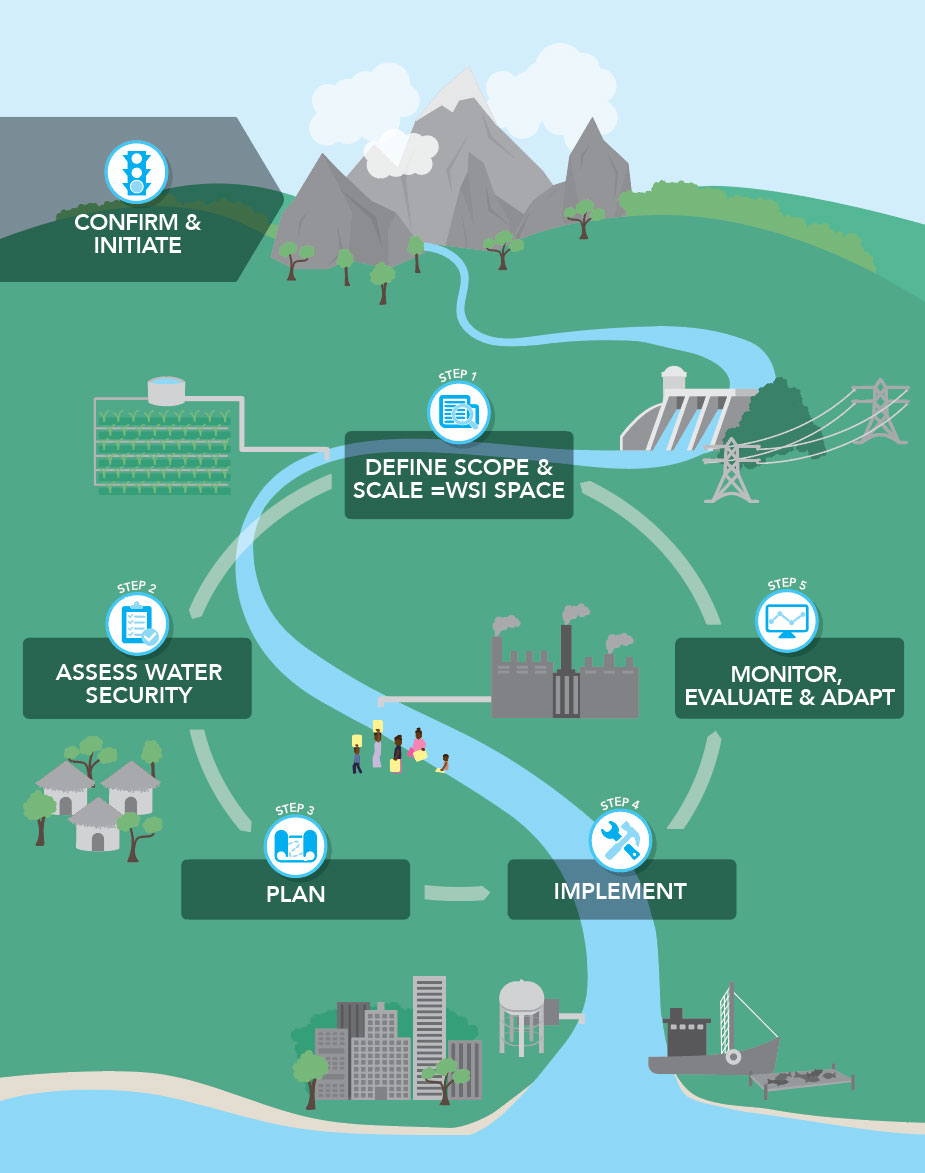
What is the Water Security Improvement Process?
Improving water security means empowering everyone — water managers and users, businesses, and citizens — to regularly assess and address water risks. By collaborating with communities, we can negotiate project activities which will best reduce negative effects of a particular area’s primary water risks. The Sustainable Water Partnership’s Water Security Improvement (WSI) process relies heavily on changing behaviors away from polluting, wasteful practices and conventional engineering approaches that often prevail in many countries. It builds on eight essential practices:
- We focus on priority water risks in a defined geographic and technical space.
- We engage and mobilize water users as the actors that affect water resources.
- We employ a “systems thinking” approach to address causes, not just symptoms.
- We acknowledge uncertainties about information, science, climate change and variability, and human behaviors to ensure comprehensive solutions.
- We negotiate integrated actions that distribute tangible benefits to water users, notably women and marginalized groups.
- We design science- and fact-based solutions through a combination of infrastructure development, watershed management, behavior change and institutional improvements.
- We build adaptive management capacities of institutions and communities to improve resilience to stresses and shocks.
- We ensure sustainability through economic efficiency, environmental soundness and social equity.

The WSI Process (pictured above) has an initial check-up and five steps:
- Confirm & Initiate: Verify the demand and need for a WSI process, ensure governmental and financial support, and formally begin
- Define Scope & Scale: Focus the process by identifying who to engage and defining the scope (geographic area and priority water risks)
- Assess Water Security: Gauge the situation by conducting technical, institutional and risk studies to provide an understanding of current and future water security
- Plan: Define, analyze, compare and select relevant water security activities while identifying and securing financing
- Implement: Execute water security activities that target priority water risks and provide tangible benefits to water users
- Monitor, Evaluate, and Adapt: Track the progress and performance of implementation, adjusting activities as needed
As populations continue to grow, and as climate change and variability affect water availability and the frequency of extreme events, achieving and maintaining water security is a fundamental development challenge. Total protection from water risks or definitive resolution of water problems is rarely, if ever, possible. But by applying and repeating this process, SWP can mitigate the risks inherent in water issues, informing and engaging water users in the process.
Water Security Improvement (WSI) Toolkit
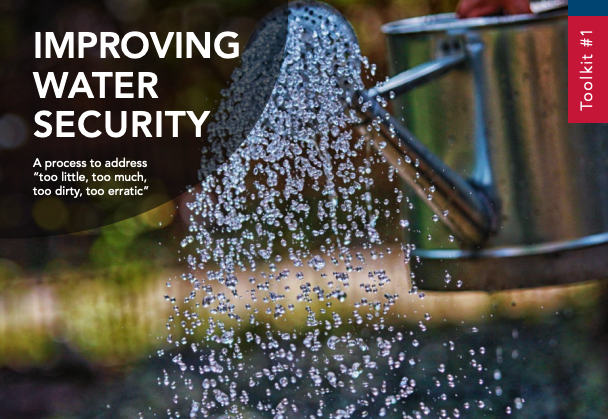
Toolkit #1: Improving Water Security
The Sustainable Water Partnership is proud to present Toolkit #1, a resource for working to improve water security. This is the first in a series of six toolkits which present an effective and efficient process to address water risks, including long-term water stresses that constrain social and economic development and sudden shocks that can quickly […]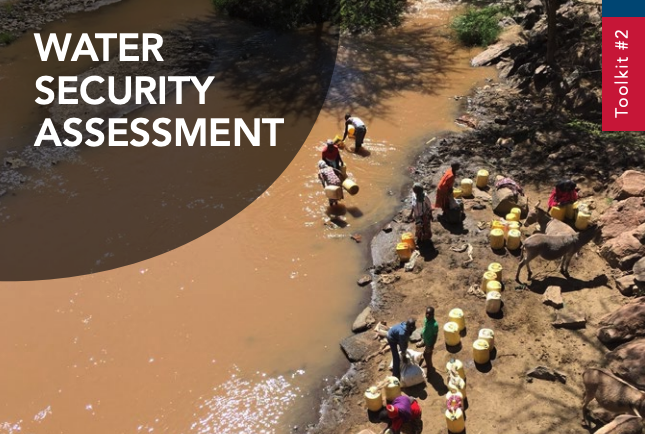
Toolkit #2: Water Security Assessment
A water security assessment aims to enhance the understanding of water risks within a defined water security improvement (WSI) space (defined geography, actors, and risks). The approach and focus of a water security assessment process is informed and guided by the WSI space; it can be as exhaustive, specific, or rapid as necessary, depending on […]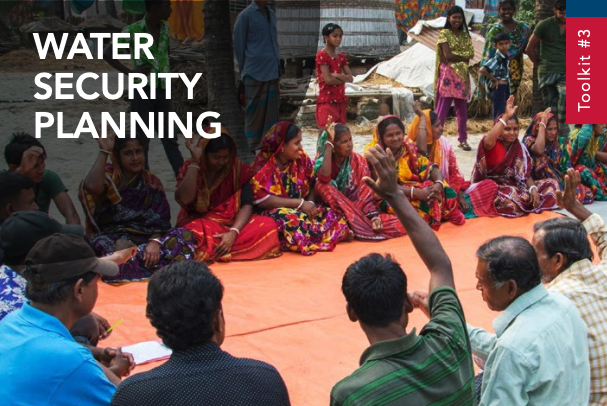
Toolkit #3: Water Security Planning
Water security planning aims to identify, define, evaluate, and choose water security activities in terms of: Mitigation of targeted priority water risks Direct and indirect benefits, positive and negative impacts and externalities Combined/cumulative benefits and externalities among various activities Socioeconomic and environmental impacts Direct and indirect costs, capacity, and resource needs Robustness in view of uncertainties of future […]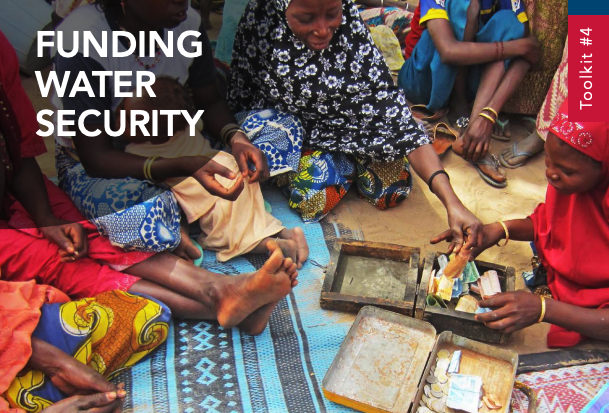
Toolkit #4: Funding Water Security
Funding is essential to translate the WSI process into activities that provide tangible benefits to water users. Funding must be identified and secured early to: Cover the costs of the assessment and planning steps Be the “reality check for action planning (only funded activities will be implemented) Financing can come from government taxes, user tariffs, […]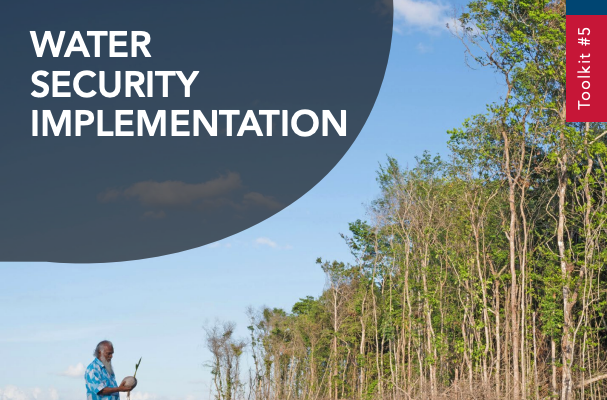
Toolkit #5: Water Security Implementation
The success of a WSI process depends on the implementation of activities or measures defined through collaborative planning and decision-making with the purpose of addressing and mitigating priority water risks now and in the future. Implementation produces tangible results that improve water security; builds capacity and teamwork through participation; and anchors water security planning and […]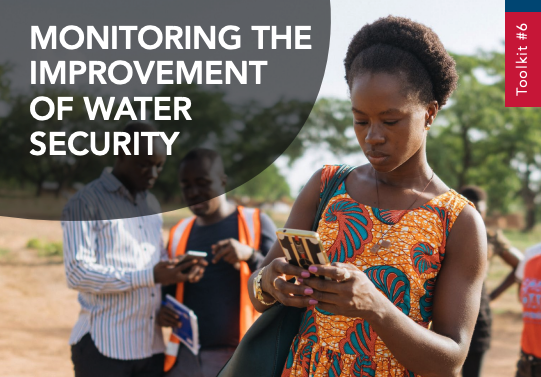
Toolkit #6: Monitoring the Improvement of Water Security
Monitoring is a process of continuous assessment. It involves collecting data on the current situation (baseline) and on changes that are brought about through activities, projects and policies, or caused by socioeconomic and natural trends and events. Evaluation uses indicators to reflect on such measurable change, compare it to goals and targets, and use the […]Related Projects

